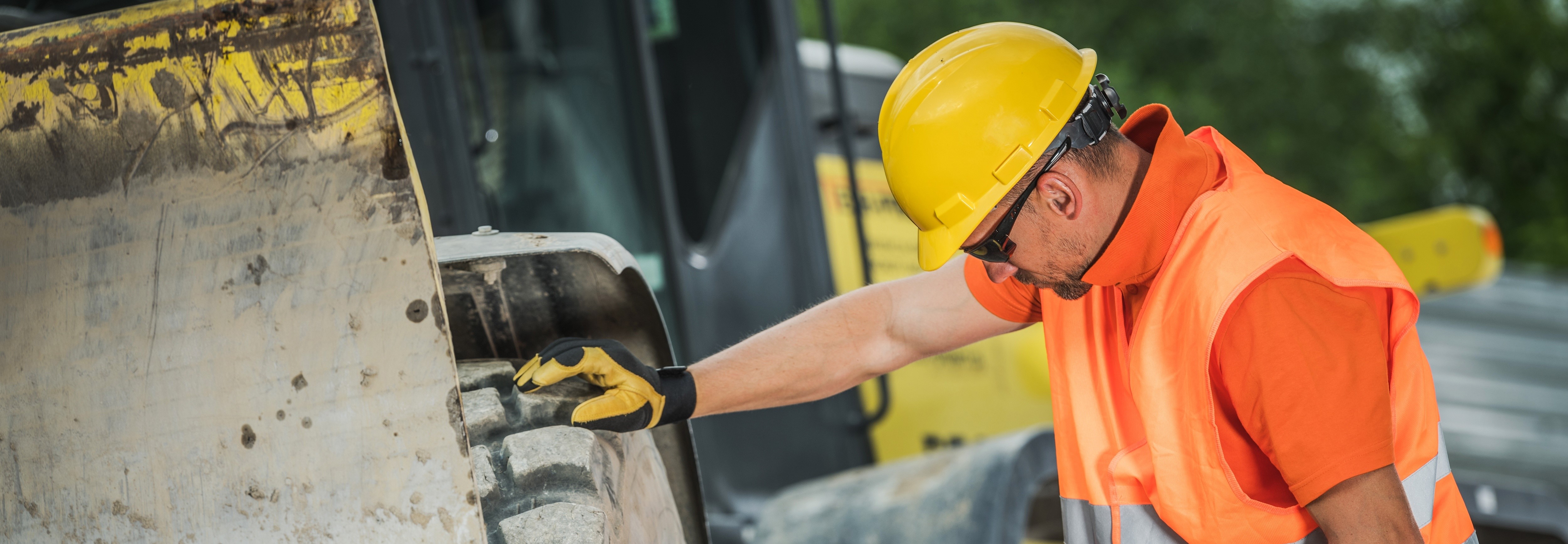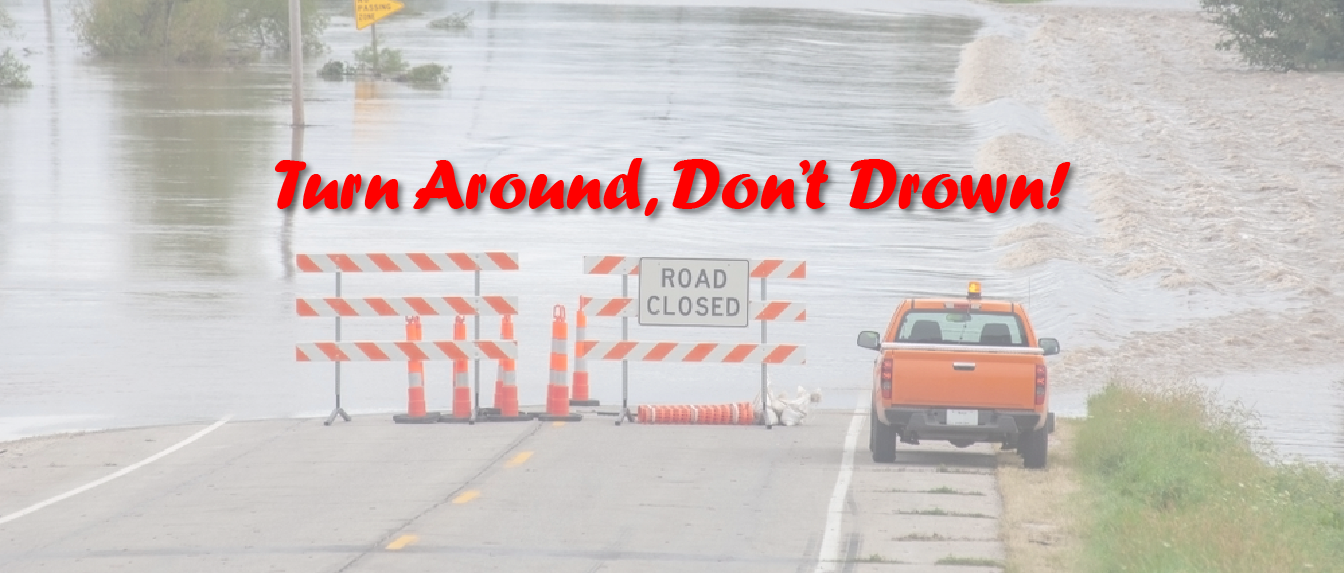Flood Safety
Knowing what to do before, during, and after a flood can greatly increase your chances of survival and help you better protect your property. The following information was gathered from the National Weather Service and the Red Cross and will help you accumulate knowledge and tips to get prepared, should you find yourself in a flooding emergency.
The Four Types of Warnings and Watches
Flood/Flash Flood Warning = Take Action!
This is issued when a flood or flash flood is already occurring or will soon. Immediately move to high ground if you are in a flood prone area. A flash flood is a sudden violent flood that can take anywhere from minutes to hours to develop. Even if you are not immediately seeing rain, you can still experience a flash flood.
Flood/Flash Flood Watch = Be Prepared
This is issued when conditions are favorable for flooding. It does not guarantee that flooding will occur, but it is possible.
Flood Advisory = Be Aware
This is issued when flood is not expected to be bad enough to issue a warning. However, it may cause damage if caution is not exercised and could lead to situations that may threaten life and/or property.
Before Flooding
While floods can develop slowly, they also can occur within minutes, sometimes, without any sign of rain. The key before a flood is to take time to get prepared.
Key Tips:
- Create an emergency kit.
- Develop an evacuation plan that includes your pets.
- Sign up for notifications.
- Discuss communication options with each family member, should you get separated during an emergency.
- If a flood is coming, right before, it is important to listen to the local news for updates and information, find a local emergency shetler in case of evacuation, and double check you emergency kit for anything you missed or need to refill. Add any medications or medical supplies that aren't in there.
During Flooding
It’s important to know that during a flood, the level of the water and the rate at which it’s flowing can change rapidly. Stay aware, monitor local news outlets, and avoid flood waters. When water starts to rise, immediately evacuate. Never wait around.
- Stay informed through local news outlets.
- Get to higher ground and avoid flood waters.
- Follow evacuation orders.
- Be aware of electrical hazards.
- If instructed by local authorities, turn off the power and water mains.
After Flooding
When flood waters abate, the damage left can not only be devastating, but dangerous as well. It's crucial to keep in mind that flood waters can often become contaminated with sewage or chemicals.
- Continue to stay informed by listening to local news outlets on the radio, tv or through your phone.
- Avoid flood waters as well as disaster areas.
- Follow all 'Road Closed' and 'Caution' signage.
- If you evacuated, do not return until authorities deem safe to do so.
- Reach out to family and loved ones to let them know you are safe.
Resources:
While tick exposure can happen at any time of year, the risk is greater during the warmer months (May - August) when ticks are the most active. If you live in the northeast region of the United States, the risk is even higher, as this area sees more ticks. It is important to take the necessary precautions both before and after going outdoors to protect yourself from tick-borne diseases. Below are some important tips from the CDC.
Before You Go Outside
Know where ticks hangout. Ticks live in grassy, brushy, or wooded areas. They can even live on animals. Walking your dog outside, camping, gardening, or hunting could put you in close contact with ticks. Even simply relaxing or working in your backyard could put you at tisk as many people get ticks in their own yards.
Use Environmental Protection Agency (EPA) registered insect repellents. This search tool from the EPA can help you ind the product that best suits your needs. Always be sure to follow product instructions. Any products that contain OLE or PMD should not be used on children under 3 years old.
Avoid areas where ticks commonly live. When outside, avoid wooded or brushy areas that have high grass or leaf litter. When hiking or walking, do so in the center of trails where it is less wooded or covered.
After You Come Inside
Check your clothing for ticks. Ticks can easily be carried inside without your knowledge by clinging to your clothing. Examine your clothing before going inside and remove any ticks that are found. Tumble dry your clothes in a dryer on high heat for 10 minutes. The heat will kill any ticks that you may have missed on your clothes. If your clothes are damp, you may need additional time. If washing your clothes first, hot water is recommended. Any water that is cold or lukewarm will not kill ticks.
Examine gear and pets. Just like ticks can come inside on your clothing, they can do the same on pets or any gear that is brought in from outside. Once inside, they can later attach to a person. That being said, it is important to carefully examine your pets, coats, and any gear.
Shower as soon as possible after being outdoors. Showering within two hours of coming inside has been shown to lower your chances of getting Lyme disease and can be effective in reducing the risk of other tickborne diseases. Showering can help wash off any unattached ticks. It is also a good time to conduct a tick check on yourself.
Inspect your body for ticks. Conduct a full body check upon returning from being outside in potentially tick-infested areas, including your own backyard. Use a hand-held or full-length mirror to view all areas of your body. When checking, pay close attention to these areas on your body:
>> Under the arms
>> In and around the ears
>> Inside belly button
>> In and around the hair
>> Between the legs
>> Around the waist



